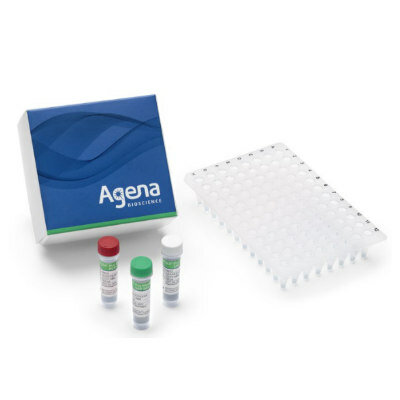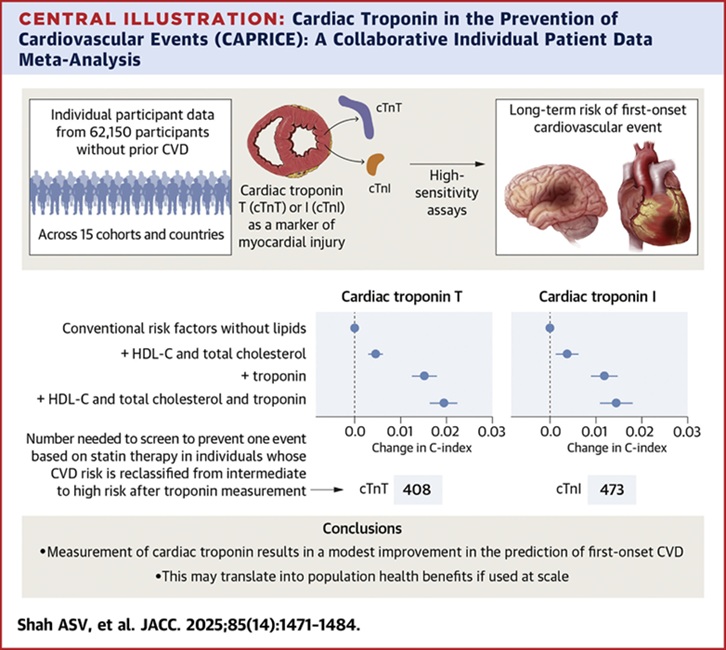Blood Supply Threatened by Tickborne Parasite
|
By LabMedica International staff writers Posted on 22 Sep 2011 |
Blood supplies in the US and other countries are becoming increasingly infected with Babesia, a tickborne parasite of red blood cells.
A number of medical device and diagnostic companies are working on developing tests for Babesia for donor-screening purposes, as there is an urgent need for a screening test and prevention strategies.
Medical epidemiologists at the US Centers for Disease Control and Prevention (CDC; Atlanta, GA, USA) have tracked case-patients who were transfused during 1979–2009 and had post transfusion babesiosis diagnosed by 2010, without reported evidence that another transmission route was more likely than transfusion. Implicated donors had laboratory evidence of infection by immunofluorescence antibody tests (IFA), blood films, or polymerase chain reaction (PCR) assays.
The scientists found 159 Babesia microti transfusion-associated cases and donors were implicated for 136 (86%). The case-patients' median age was 65 years with a range from less than a year old to 94 years. Most cases were associated with red blood cell components, but four were linked to whole blood–derived platelets. Cases occurred in all four seasons, and in 22 of the 31 years studied. However, 77% of the cases were reported during 2000-2009. Cases occurred in 19 US states, yet 138 cases were in the seven main B. microti–endemic states. In addition, three cases due to B. duncani were documented in western states. Among the 117 linked donors, the B. microti IFA-test results were known; 24 donors (20%) had parasitologically confirmed infection by blood films; and 20 donors had positive PCR results.
Babesiosis is a parasitic disease, very similar to malaria, and is caused by Babesia, a protozoan parasite of the blood. Babesia parasites are believed to be the second most common blood parasites of mammals, after trypanosomes. Although much less common in humans than other mammals, experts say reported human cases have risen over the last decade mainly because of better medical awareness. Babesiosis is a potentially life-threatening complication of blood transfusion, but it is treatable. An infected individual has a risk of multi-organ failure, and even death. Patients without a spleen, individuals with weakened immune systems, and the elderly are more vulnerable to complications.
Barbara Herwaldt, MD, MPH, from the CDC and lead author of the study, said, "We want clinicians to become more aware of babesiosis, including the small possibility of transmission via blood transfusion. If a patient develops unexplained fever or hemolytic anemia after a transfusion, babesiosis should be considered as a possible cause, regardless of the season or US region." Most cases in Europe have involved splenectomized patients and 50% of European cases were fatal. The study was published September 5, 2011 in the Annals of Internal Medicine.
Related Links:
US Centers for Disease Control and Prevention
A number of medical device and diagnostic companies are working on developing tests for Babesia for donor-screening purposes, as there is an urgent need for a screening test and prevention strategies.
Medical epidemiologists at the US Centers for Disease Control and Prevention (CDC; Atlanta, GA, USA) have tracked case-patients who were transfused during 1979–2009 and had post transfusion babesiosis diagnosed by 2010, without reported evidence that another transmission route was more likely than transfusion. Implicated donors had laboratory evidence of infection by immunofluorescence antibody tests (IFA), blood films, or polymerase chain reaction (PCR) assays.
The scientists found 159 Babesia microti transfusion-associated cases and donors were implicated for 136 (86%). The case-patients' median age was 65 years with a range from less than a year old to 94 years. Most cases were associated with red blood cell components, but four were linked to whole blood–derived platelets. Cases occurred in all four seasons, and in 22 of the 31 years studied. However, 77% of the cases were reported during 2000-2009. Cases occurred in 19 US states, yet 138 cases were in the seven main B. microti–endemic states. In addition, three cases due to B. duncani were documented in western states. Among the 117 linked donors, the B. microti IFA-test results were known; 24 donors (20%) had parasitologically confirmed infection by blood films; and 20 donors had positive PCR results.
Babesiosis is a parasitic disease, very similar to malaria, and is caused by Babesia, a protozoan parasite of the blood. Babesia parasites are believed to be the second most common blood parasites of mammals, after trypanosomes. Although much less common in humans than other mammals, experts say reported human cases have risen over the last decade mainly because of better medical awareness. Babesiosis is a potentially life-threatening complication of blood transfusion, but it is treatable. An infected individual has a risk of multi-organ failure, and even death. Patients without a spleen, individuals with weakened immune systems, and the elderly are more vulnerable to complications.
Barbara Herwaldt, MD, MPH, from the CDC and lead author of the study, said, "We want clinicians to become more aware of babesiosis, including the small possibility of transmission via blood transfusion. If a patient develops unexplained fever or hemolytic anemia after a transfusion, babesiosis should be considered as a possible cause, regardless of the season or US region." Most cases in Europe have involved splenectomized patients and 50% of European cases were fatal. The study was published September 5, 2011 in the Annals of Internal Medicine.
Related Links:
US Centers for Disease Control and Prevention
Latest Hematology News
- New Scoring System Predicts Risk of Developing Cancer from Common Blood Disorder
- Non-Invasive Prenatal Test for Fetal RhD Status Demonstrates 100% Accuracy
- WBC Count Could Predict Severity of COVID-19 Symptoms
- New Platelet Counting Technology to Help Labs Prevent Diagnosis Errors
- Streamlined Approach to Testing for Heparin-Induced Thrombocytopenia Improves Diagnostic Accuracy
- POC Hemostasis System Could Help Prevent Maternal Deaths
- New Test Assesses Oxygen Delivering Ability of Red Blood Cells by Measuring Their Shape
- Personalized CBC Testing Could Help Diagnose Early-Stage Diseases in Healthy Individuals
- Non-Invasive Test Solution Determines Fetal RhD Status from Maternal Plasma
- First-Of-Its-Kind Smartphone Technology Noninvasively Measures Blood Hemoglobin Levels at POC

- Next Gen CBC and Sepsis Diagnostic System Targets Faster, Earlier, Easier Results
- Newly Discovered Blood Group System to Help Identify and Treat Rare Patients
- Blood Platelet Score Detects Previously Unmeasured Risk of Heart Attack and Stroke
- Automated Benchtop System to Bring Blood Testing To Anyone, Anywhere
- New Hematology Analyzers Deliver Combined ESR and CBC/DIFF Results in 60 Seconds
- Next Generation Instrument Screens for Hemoglobin Disorders in Newborns
Channels
Clinical Chemistry
view channel
‘Brilliantly Luminous’ Nanoscale Chemical Tool to Improve Disease Detection
Thousands of commercially available glowing molecules known as fluorophores are commonly used in medical imaging, disease detection, biomarker tagging, and chemical analysis. They are also integral in... Read more
Low-Cost Portable Screening Test to Transform Kidney Disease Detection
Millions of individuals suffer from kidney disease, which often remains undiagnosed until it has reached a critical stage. This silent epidemic not only diminishes the quality of life for those affected... Read more
New Method Uses Pulsed Infrared Light to Find Cancer's 'Fingerprints' In Blood Plasma
Cancer diagnoses have traditionally relied on invasive or time-consuming procedures like tissue biopsies. Now, new research published in ACS Central Science introduces a method that utilizes pulsed infrared... Read moreMolecular Diagnostics
view channel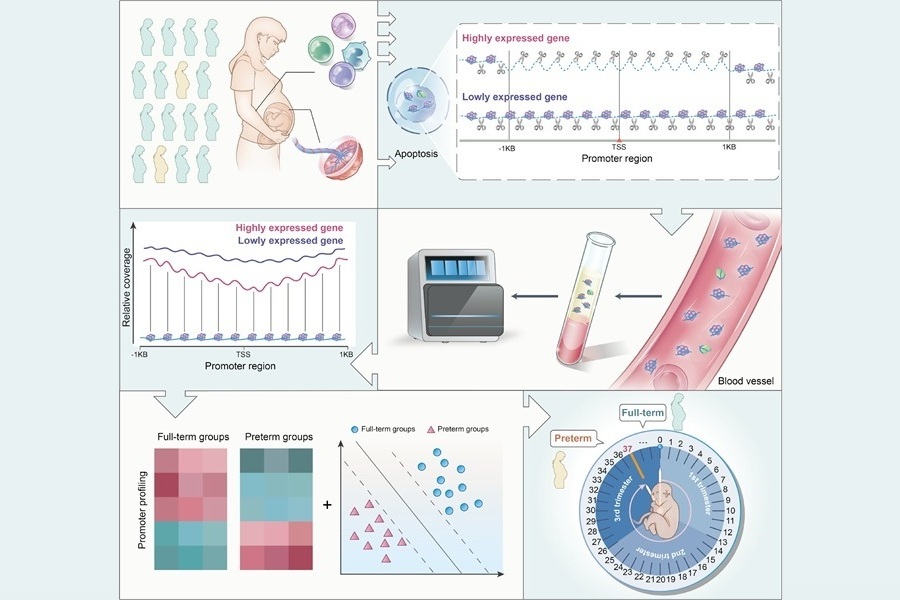
Cheap Cell-Free DNA Based Test Accurately Predicts Preterm Birth
Preterm birth (PTB) occurs in around 11% of all births globally, leading to considerable morbidity and mortality for both mothers and their newborns. Identifying pregnancies at risk of PTB early in gestation... Read more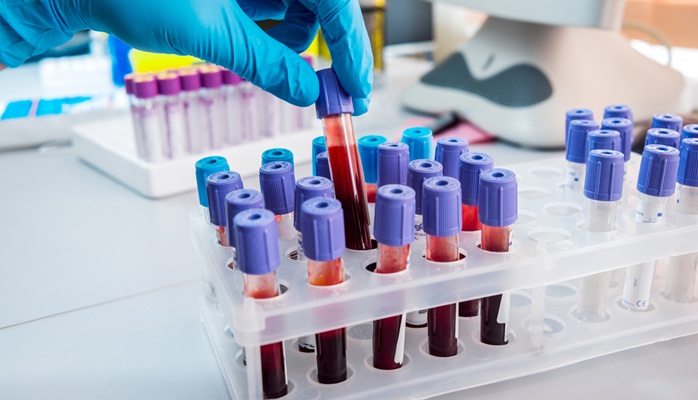
RNA Blood Test Detects Cancers and Resistance to Treatment
A newly developed blood test offers the ability to detect cancer, understand how cancer resists treatments, and assess tissue damage from non-cancerous conditions. This innovative test, created by researchers... Read moreImmunology
view channel
Stem Cell Test Predicts Treatment Outcome for Patients with Platinum-Resistant Ovarian Cancer
Epithelial ovarian cancer frequently responds to chemotherapy initially, but eventually, the tumor develops resistance to the therapy, leading to regrowth. This resistance is partially due to the activation... Read more
Machine Learning-Enabled Blood Test Predicts Immunotherapy Response in Lymphoma Patients
Chimeric antigen receptor (CAR) T-cell therapy has emerged as one of the most promising recent developments in the treatment of blood cancers. However, over half of non-Hodgkin lymphoma (NHL) patients... Read moreMicrobiology
view channel
Handheld Device Delivers Low-Cost TB Results in Less Than One Hour
Tuberculosis (TB) remains the deadliest infectious disease globally, affecting an estimated 10 million people annually. In 2021, about 4.2 million TB cases went undiagnosed or unreported, mainly due to... Read more
New AI-Based Method Improves Diagnosis of Drug-Resistant Infections
Drug-resistant infections, particularly those caused by deadly bacteria like tuberculosis and staphylococcus, are rapidly emerging as a global health emergency. These infections are more difficult to treat,... Read more
Breakthrough Diagnostic Technology Identifies Bacterial Infections with Almost 100% Accuracy within Three Hours
Rapid and precise identification of pathogenic microbes in patient samples is essential for the effective treatment of acute infectious diseases, such as sepsis. The fluorescence in situ hybridization... Read morePathology
view channel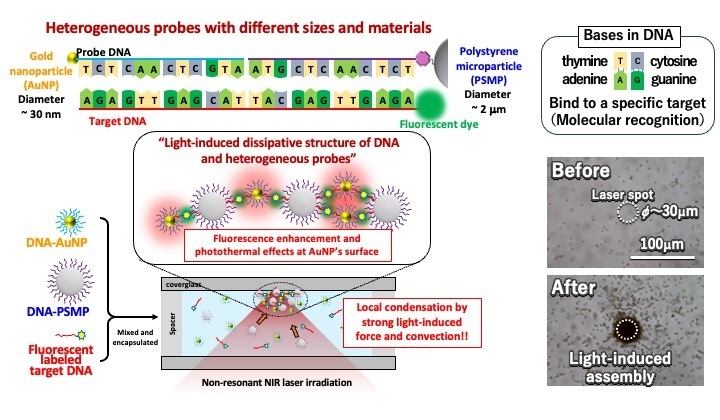
Rapid, Ultra-Sensitive, PCR-Free Detection Method Makes Genetic Analysis More Accessible
Genetic testing has been an important method for detecting infectious diseases, diagnosing early-stage cancer, ensuring food safety, and analyzing environmental DNA. For a long time, polymerase chain reaction... Read more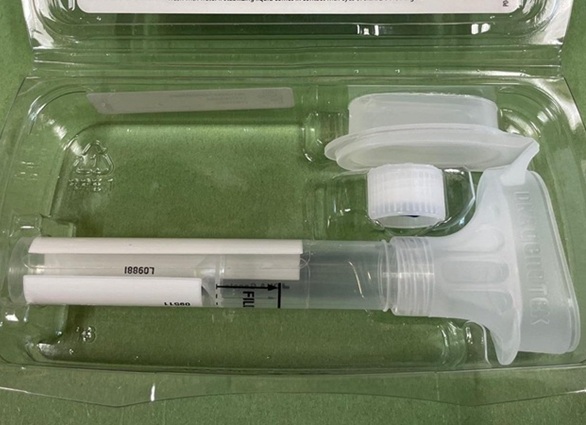
Spit Test More Accurate at Identifying Future Prostate Cancer Risk
Currently, blood tests that measure the level of a protein called prostate-specific antigen (PSA) are commonly used to identify men at higher risk for prostate cancer. This test is typically used based... Read moreDNA Nanotechnology Boosts Sensitivity of Test Strips
Since the Covid-19 pandemic, most people have become familiar with paper-based rapid test strips, also known as lateral flow immunoassays (LFIAs). These tests are used to quickly detect biomarkers that... Read more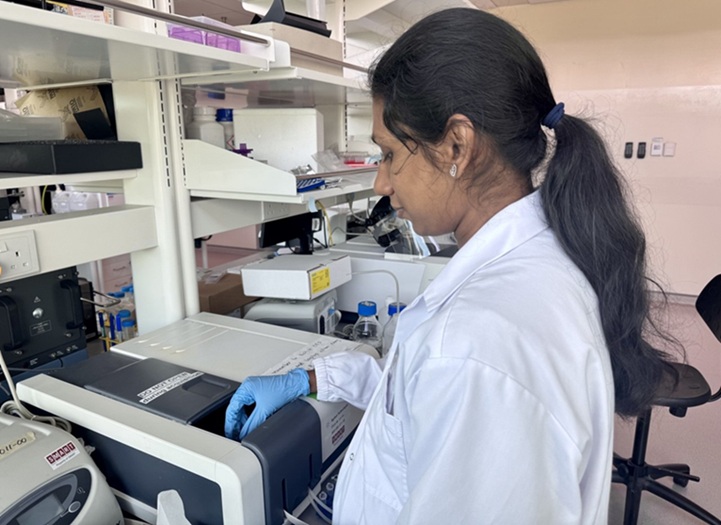
Novel UV and Machine Learning-Aided Method Detects Microbial Contamination in Cell Cultures
Cell therapy holds great potential in treating diseases such as cancers, inflammatory conditions, and chronic degenerative disorders by manipulating or replacing cells to restore function or combat disease.... Read moreTechnology
view channel
Disposable Microchip Technology Could Selectively Detect HIV in Whole Blood Samples
As of the end of 2023, approximately 40 million people globally were living with HIV, and around 630,000 individuals died from AIDS-related illnesses that same year. Despite a substantial decline in deaths... Read more
Pain-On-A-Chip Microfluidic Device Determines Types of Chronic Pain from Blood Samples
Chronic pain is a widespread condition that remains difficult to manage, and existing clinical methods for its treatment rely largely on self-reporting, which can be subjective and especially problematic... Read more
Innovative, Label-Free Ratiometric Fluorosensor Enables More Sensitive Viral RNA Detection
Viruses present a major global health risk, as demonstrated by recent pandemics, making early detection and identification essential for preventing new outbreaks. While traditional detection methods are... Read moreIndustry
view channel
Cepheid and Oxford Nanopore Technologies Partner on Advancing Automated Sequencing-Based Solutions
Cepheid (Sunnyvale, CA, USA), a leading molecular diagnostics company, and Oxford Nanopore Technologies (Oxford, UK), the company behind a new generation of sequencing-based molecular analysis technologies,... Read more
Grifols and Tecan’s IBL Collaborate on Advanced Biomarker Panels
Grifols (Barcelona, Spain), one of the world’s leading producers of plasma-derived medicines and innovative diagnostic solutions, is expanding its offer in clinical diagnostics through a strategic partnership... Read more




